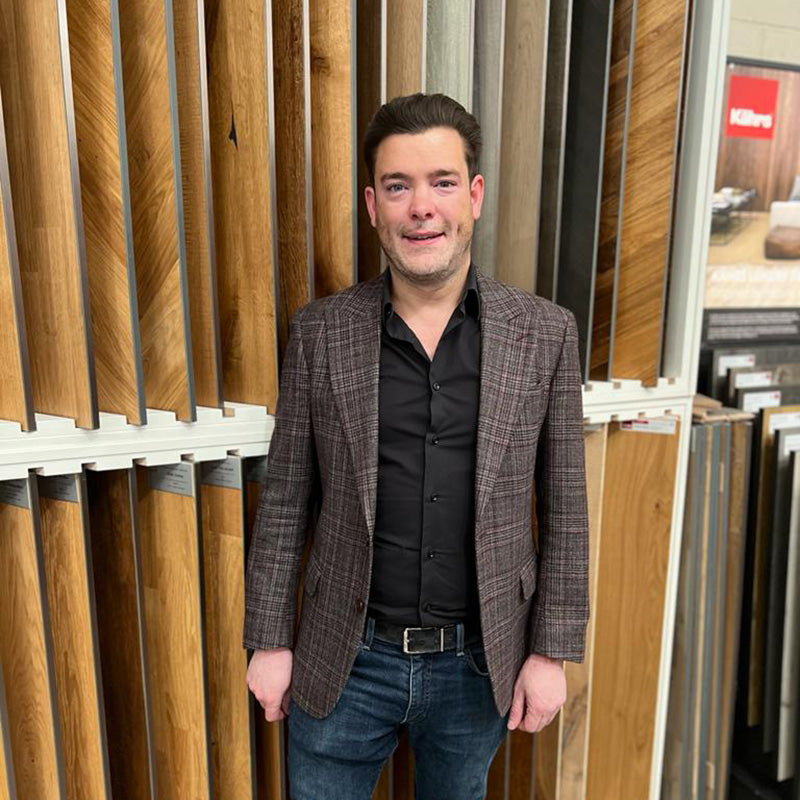When to Save and When to Splurge: Flooring Decisions That Pay Off
Quick Links
Choosing the right flooring is one of the most important decisions in any renovation or build. It's a long-term investment that affects both function and aesthetics. But not every area of your home requires premium materials — and not every budget allows for them either.
Knowing when to save and when to invest more can help you stay within budget while still achieving excellent results. Here's a practical guide on where spending more adds real value, and where cost-effective choices make the most sense.
When It’s Smart to Save
1. Low-Traffic Areas
Rooms such as guest bedrooms, box rooms, or attics don’t face the same wear and tear as main living areas. In these spaces, you can save by choosing more affordable options like laminate or entry-level LVT. These materials still offer a clean, stylish look without the premium price.
2. Short-Term Use or Temporary Projects
If you're working on a property you plan to rent out for a short period or flip for resale, saving on flooring makes financial sense. Opt for cost-effective but presentable choices that look good and are easy to maintain, like sheet vinyl or budget laminate.
3. Trendy Designs
If you're experimenting with bold patterns or colours that may go out of fashion, it’s better to avoid spending too much. In areas like powder rooms or small home offices, use lower-cost materials that can be replaced easily if your tastes change.
4. DIY Installation
If you're installing the floor yourself, click-fit systems like certain laminates or SPC ranges can save you hundreds in labour costs. These options are designed for easy handling and don’t require adhesives or nails.
Where It Pays to Splurge
1. High-Traffic Zones
Hallways, kitchens, and living rooms see daily activity. These areas benefit from flooring that’s built to last. Investing in quality engineered wood, SPC, or premium LVT ensures resistance to wear, moisture, and long-term damage — reducing the need for repairs or replacements.
2. Open-Plan Living Spaces
When flooring runs across large, connected areas, any inconsistency in quality or durability becomes noticeable. Higher-end flooring will wear evenly, hold up under UV exposure, and maintain a uniform appearance across the whole space.
3. Your Forever Home
If you’re settling into a home long-term, investing in better flooring materials brings value and comfort. Solid wood or high-quality engineered options offer warmth, durability, and long-term appeal that justifies the higher initial cost.
4. Bathrooms and Kitchens
These areas require materials that resist moisture and temperature changes. Waterproof flooring such as SPC or high-grade LVT is a worthwhile investment that prevents future problems like warping, mould, or staining.
How to Balance the Two
If your budget is limited, prioritise spending in the areas that need it most — living rooms, kitchens, and bathrooms — while choosing more affordable solutions in bedrooms or upstairs areas. This balanced approach helps you stay within your budget while still ensuring long-term performance where it matters.
Also consider underlay and installation costs when calculating where to save or invest. A cheap floor that costs more to install than a mid-range product with a simpler fitting method may not be cost-effective in the end.
Conclusion
Good flooring doesn’t always mean expensive flooring. But smart choices — based on use, longevity, and location — will save you money and stress over time. Spend where the value will last and scale back where it won’t be noticed. That’s how you get the most out of your budget without compromising on quality or style.



